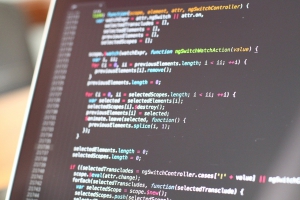How to Optimize Images for SEO
Aside from written content, images are also excellent tools for optimizing a website. It attracts visitors and it can also be optimized for SEO. In fact, by optimizing your website images, you can gain more organic traffic more than you expect.
So to make the most out of your content, make sure that you optimize your images through the following steps:
Keep it relevant
The first thing that you have to consider is the relevance of the image to your content. For example, there’s no point in using cat photos if your niche site is about dogs. Also, try to use original photos, especially if you’re building a business website. Your customers will appreciate seeing your actual team and not just another dude from a stock photo.
Place Alt Texts
Once you posted a photo on your website, make sure that it has an accompanying Alternative Text. Alt Texts are useful that when an image didn’t load properly, the page visitor will still know what the picture is about. Aside from that, you can use Alt Text as an avenue to optimize your keywords.
Pick the best format
Actually, there’s no right or wrong format. You just have to use one that loads fast in the search engine. JPEG files are ideal, especially if you’re using larger and high-definition photos. Meanwhile, PNG photos are handy if you need a transparent background. If you’re aiming for small file sizes without compromising quality, go for WebP.
Use the right file name
Nope, it shouldn’t be picture1.jpeg. For you to optimize an image, it’s best to use your keyword and what’s in the picture. For example, if you have a photo of a Golden Retriever, the file name should be like golden-retriever-puppy.jpeg and not DSC123.jpg. By adding these little details, you’re utilizing all possible means of getting your pages seen.
Resize it right
When it comes to search engine optimization, fast loading speeds are crucial. This means that you should avoid photos with very large file sizes. Worse, a high-definition photo will be shown in poor quality because of its extremely large size. So make sure that you resize the image based on how you want it to show up.
Add captions
Aside from Alt Text, you can also utilize the caption area to optimize your website photo. According to YoastSEO, the caption of a photo is read about 300% more than the entire text of the post. So as much as possible, keep it succinct well-optimized with your keywords.
Anyway, you don’t necessarily have to add a caption for each photo that you’ll use. Just do so for main images that encapsulate the key ideas of your post.
Consider structured data
Structured data allows search engines to read and crawl your published images faster. This is very helpful, especially if you’re aiming for a better image listing. Aside from that, Google itself can add a badge to a photo if it belongs to a product or recipe. That’s added value and visibility for your website.
- What you need to know about user intent - March 21, 2020
- How to quickly increase search visibility - March 21, 2020
- What are the best SEO site audit tools? - March 21, 2020



